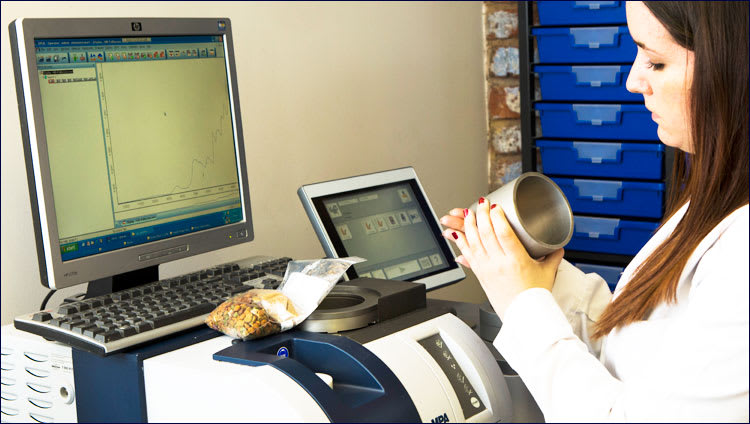How NIR technology is transforming new crop use across Europe after this year’s harvest
Published Thursday, 20th July 2017
Feed producers and nutritionists across Europe are currently facing one of the toughest challenges of the year: new crop variability.
The issue of variability has been highlighted this month, with the release of a European Commission report. Summarising a 30-year study, the report concludes that climate change is responsible for 40% of wheat production variability.
New crop variability can negatively affect feed conversion and other production indicators, impacting performance and profits. In a bid to tackle this, more producers are using information provided by the latest NIR (near infrared spectroscopy) technology.
Recent advances in NIR mean that a wider range of parameters can now be analysed – including energy, starch and phytate. Measuring these elements within cereals enables producers to build a clearer picture of the new harvest quality and to make decisions to minimise the impact of variability.
Information on a global scale
William Greenwood, AB Vista NIR Technical Sales Manager EMEA, says: “Such information is not limited to local stocks of crops, but available on a global scale: our Feed Quality Service helps customers to understand variability of animal feed ingredients and finished feeds on a worldwide basis.”
“Understanding how the new crop differs from the old crop is extremely valuable as changes in levels of key parameters due to different growing conditions prior to harvest can negatively impact the business via increased feed costs, reduced animal performance and more complex formulation decisions. The level of impact can vary depending on a producer’s geographical location and on the choice of the cereal supplier.”
AB Vista uses advanced NIR spectroscopy, coupled with nutritional expertise and data analysis, to help customers make more informed buying decisions and quicker formulation choices. The company’s Feed Quality Service provides analysis on a wide range of parameters – including energy, phytate, non-starch polysaccharides (NSPs), reactive lysine and vitreousness – across a variety of raw materials.
Latest news
Stay ahead with the latest news, ideas and events.

Online Feed Fibre Calculator
Calculate the percentage of dietary fibre in your feed
Our calculator is designed for nutritionists and uses averages of global raw materials to calculate the dietary fibre content (plus other more in-depth fibre parameters) of finished animal feed. These parameters are available within AB Vista’s Dietary Fibre analysis service (part of our NIR service).
Sign up for AB Vista news
A regular summary of our key stories sent straight to your inbox.
SUBSCRIBE© AB Vista. All rights reserved 2025
Website T&Cs Privacy & Cookie Policy Terms & Conditions of Sale University IDC policy Speak Up Policy
























